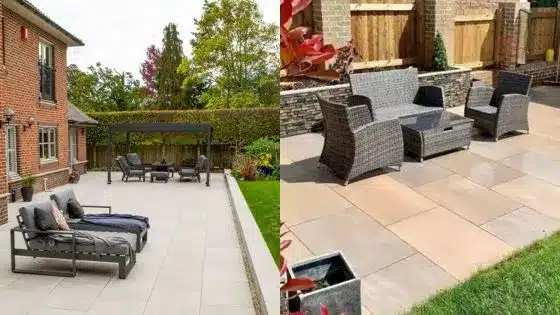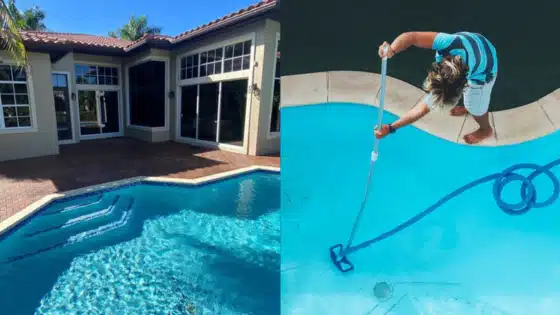Building a small greenhouse is like putting together the pieces of a puzzle: every piece is crucial. How spacious, attractive, and practical your garden is will depend on its pavement. When it comes to modern, long-lasting, and low-maintenance outdoor spaces, porcelain paving has quickly become a homeowner preference.
Just in case you’ve ever wanted to know how to choose porcelain paving for small gardens in your UK home, this is the definitive guide that covers all you need to know, including how to plan, choose a style, install it, and keep it looking great.
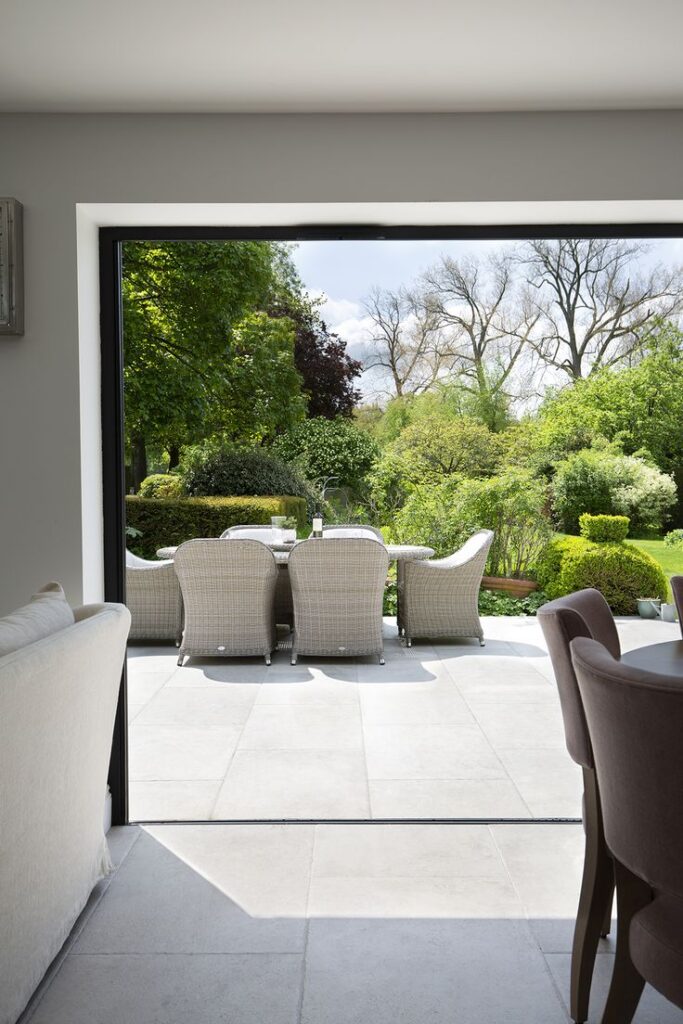
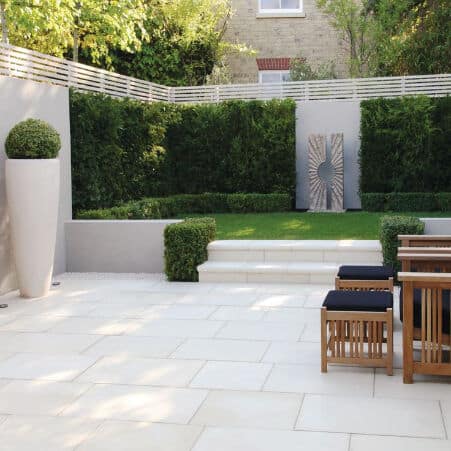
Why Choose Porcelain Paving in Small Gardens
Porcelain paving is an excellent fit in small gardens, so you should know the reason before plunging into colours or patterns.
- Porcelain paving slabs make very hard-wearing, dense, and non-porous tiles.
- They are more water-resistant.
- They are more resistant to moss and stains than most natural stones.
- They do not fade after years.
- They require very little maintenance, which is a very big plus in case you are not interested in working out in your garden but feel much better when having leisure in the garden.
- They are also versatile. Porcelain paving is available in an enormous variety of surfaces, sleek and contemporary to rustic and stone-like, so you can design your garden to your own vision.
Start with a Plan
A gorgeous paved garden will begin with a thought-out design. Think of this additional room, whether big or small, in your outdoor area. How do you wish to use it?
Would you prefer a warm dining room, somewhere to read or an easy-chic courtyard? The former initiates by conforming the space to a proper measurement. Take a plan of your garden area and mark what will remain permanently, like fences, flower beds, doors or trees, etc., that you wish to keep. Knowing the dimensions and layout will guide you to make the correct choice of porcelain paving garden ideas concerning the tile sizes and shapes.
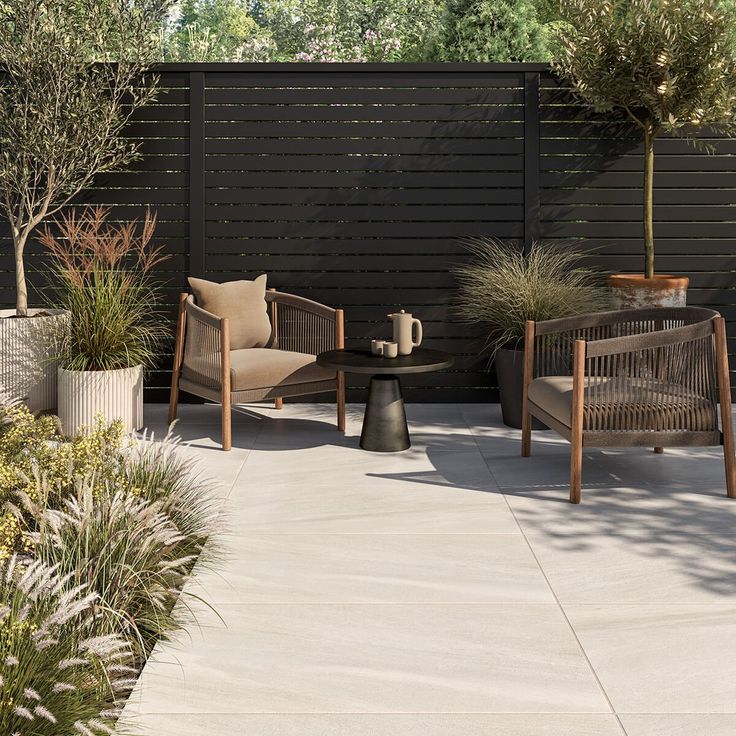
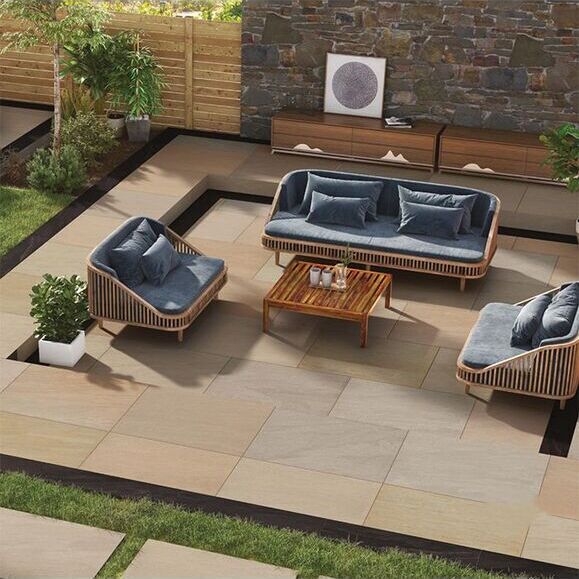
Use the Right Colours
The colour choice of your porcelain garden pavers may serve as a jolt in a tiny space. Light shades, including cream, soft grey or beige, reflect more light and instantly give a sense of spaciousness. They add illumination to shady nooks and give your garden the appearance of extra space.
Smooth stone-effect or concrete-look porcelain tiling tend to suit modern homes, especially the exterior of the house. In more conventional environments, wood-effect or rustic stone-languish porcelain may make an exquisite match with flora and timber elements.
It is never too late to order some samples from Pave Direct and see them beforehand in your own garden, in daylight. Colours also appear dramatically different in an outdoor environment than in a showroom or over the internet.
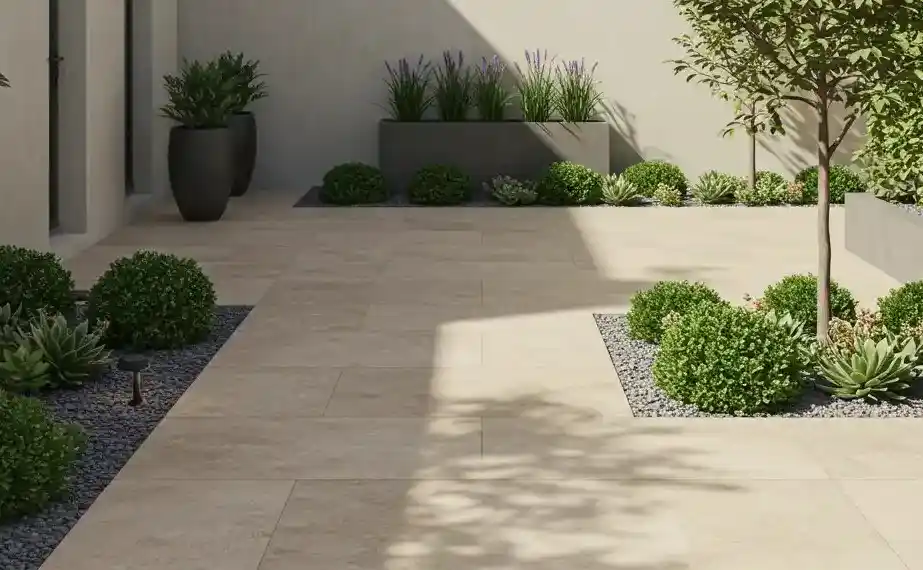
Tile Size Matters
A question that lingers around in people’s minds is whether the big or the small tiles suit small gardens. Most professional designers advocate bigger porcelain paving slab sizes – they give you a continuous appearance with a minimum of grout lines, something that can make the space seem more open and uncluttered.
Small porcelain paving slabs can be helpful when you have hard-to-cover spaces, steps to trim or a decorative edge to achieve. Most patios, courtyards, or even backyards, will have the greatest effect in the form of large individual rectangular or square porcelain patio tiles.
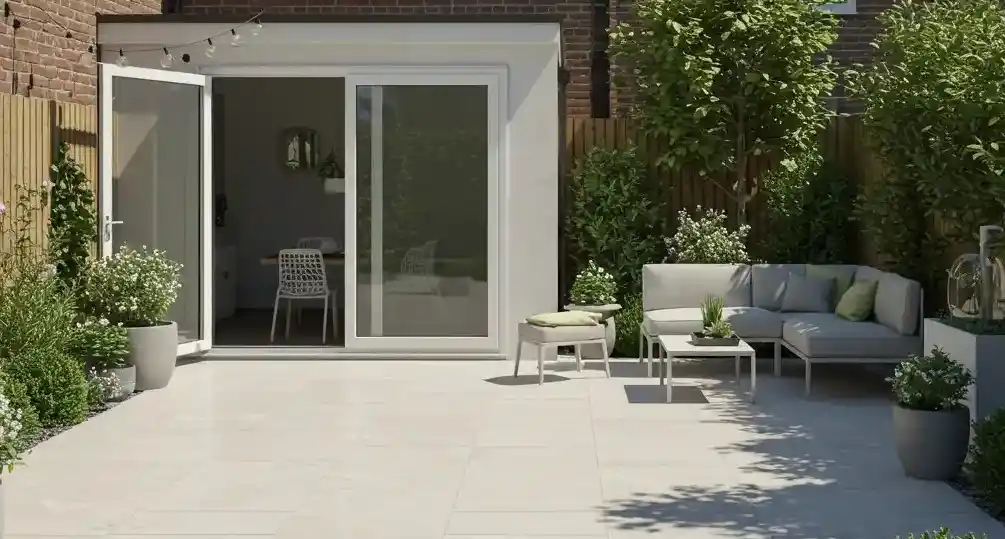
Consider Laying Patterns
How you lay yourporcelain paving slabs determines the feel of the space. Like, the straightforward straight lines provide a clean and contemporary appearance and assist in guiding the eye down the length or throughout the width of your garden. Diagonal spaced tiles can be used to break stiff lines and create an illusion of depth, which is appropriate when your garden is long but narrow.
You can also add a border, a contrasting colour and size makes it helpful in defining areas or add an interesting frame around your patio, taking no extra space.
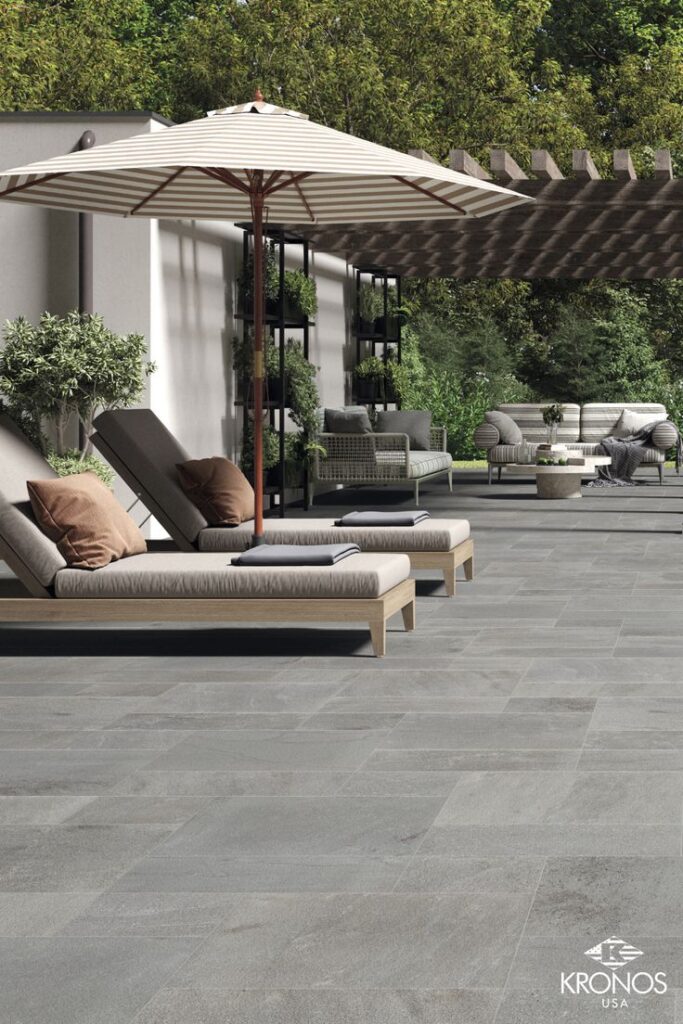
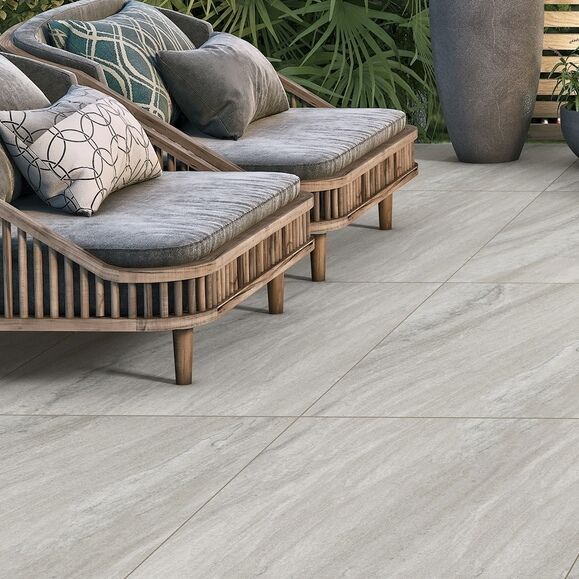
Thickness and Slip Resistance
Tiles used outdoors have to deal with rain, traffic, and spills. Where the intended use is gardens and patios, the porcelain slabs are usually 20mm thick. This thickness makes them sturdy enough to stay level and avoid cracking.
Safety also matters. Gardens are wet places; slip rating is essential. Outdoor porcelain ought to possess a minimum of R11 slip rating, meaning it can be used under rainy conditions.
Drainage and Foundation Plan
One issue with small gardens that has become very possible is poor drainage, particularly with non-porous paving such as porcelain pavement. The base preparation should be made accordingly to prevent puddles or pooling water.
Your fitter (or you, if you are fitting yourself) ought to lay a solid sub-base, which is normally compacted hard-core or crushed stone. The grade should be a slant of a few inches away from buildings, around 1:60, so that the water will run off naturally without leaving puddles or making an area wet to walk in.
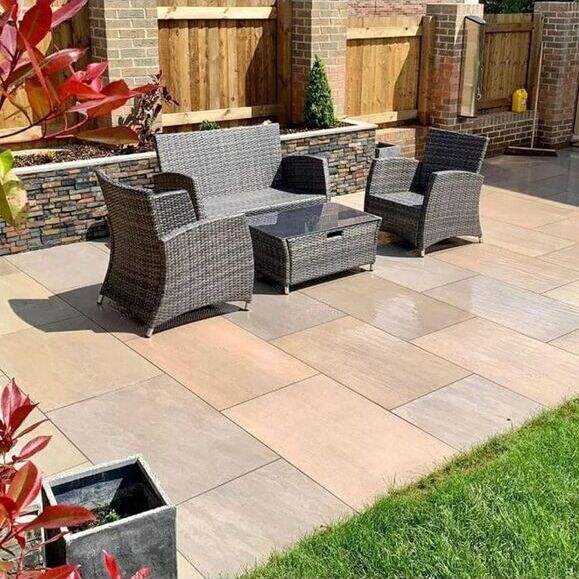
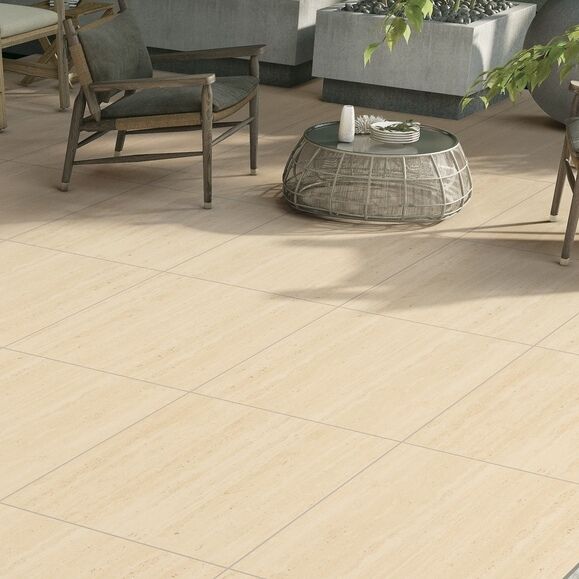
Combine Paving with Other Properties
And your paving is the background to all your other outside delights. Small gardens can be troublesome, and garden ideas for a small garden can assist you in utilising the space.
Raised beds, or planters integrated into the surface, soften the harsh material; they provide height and green without using floor space. The texture of porcelain slabs can also be emphasised by the outdoor lighting, and the garden can be used even after twilight. A wall mirror is another trick of the trade that uses light reflection and doubles your space optically.
Achievable Budgeting
An investment such as porcelain paving will often organically reward over the long term as a result of being long-lasting and requiring little maintenance. People will pay more or less with size, finish and brand, but it is always advisable to check out a couple of suppliers.
Remember to set aside some money for extras such as edging, grout, and sub-base materials. Labour costs should be considered when hiring professionals. It is always good to buy a few more than you have measured (about 10 percent extra) to cover cuts and breakages or future fixes.
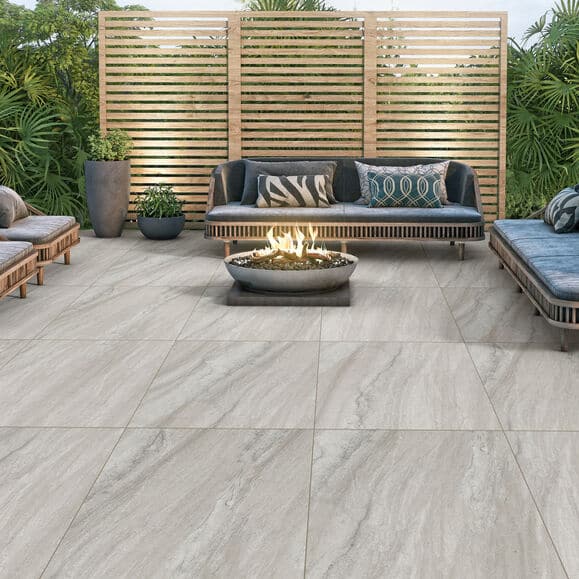
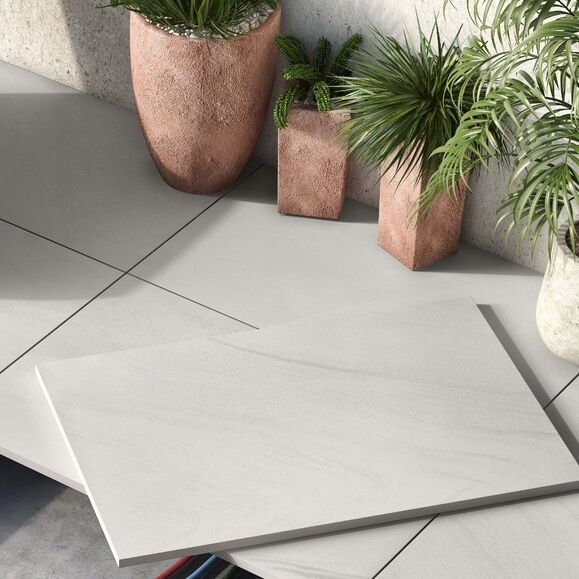
DIY or Hire a Professional?
Porcelain paving is not easy to lay compared to plain concrete or gravel since porcelain tiles are compact and robust. By undertaking the project yourself, you may end up with the opposite effect of the anticipated one, and it is a high stress factor as well.
Individual slabs should be handled with care so as not to chip and score. Marks should be clean and close to produce clean edges and tight joints (particularly in corners).
How to Lay Porcelain Paving in Your Small Garden?
Provided that you are familiar with the process and equipped with suitable tools, such as a decent wet tile front, levels, rubber mallets, and safety equipment, you can save on labour costs as well as take the pride of having done it yourself.
Preparation is as essential as putting the porcelain garden paving slabs. There must be a solid, well-draining sub-base; otherwise, there will be uneven surfaces, pooling water, or unstable slabs in the future.
Engaging a professional landscaper implies that they are more experienced, have the right tools, and pay attention to the task. An excellent installer is able to:
- Install a flat sub-base for porcelain slabs
- Develop a low, soil-obscured drainage slope
- Saw tiles in a clean and harmless way
- Make finishing of the joints and edges of high quality
The work of most professionals is also warranted, and you will be assured that your patio will not break.
On the surface, you pay more when you hire a pro, but you may actually save money in the long term as you will never have to repair it or redo it. You also save time and even rest since your garden is in capable hands.
After all, it is your skills, the money you have, and how much you are ready to work. It will feel like a guessing game, but you shouldn’t be afraid of calling some well-established local installers to get quotes for cheapest porcelain paving as it might surprise you to learn how relatively cheap professional assistance can be.
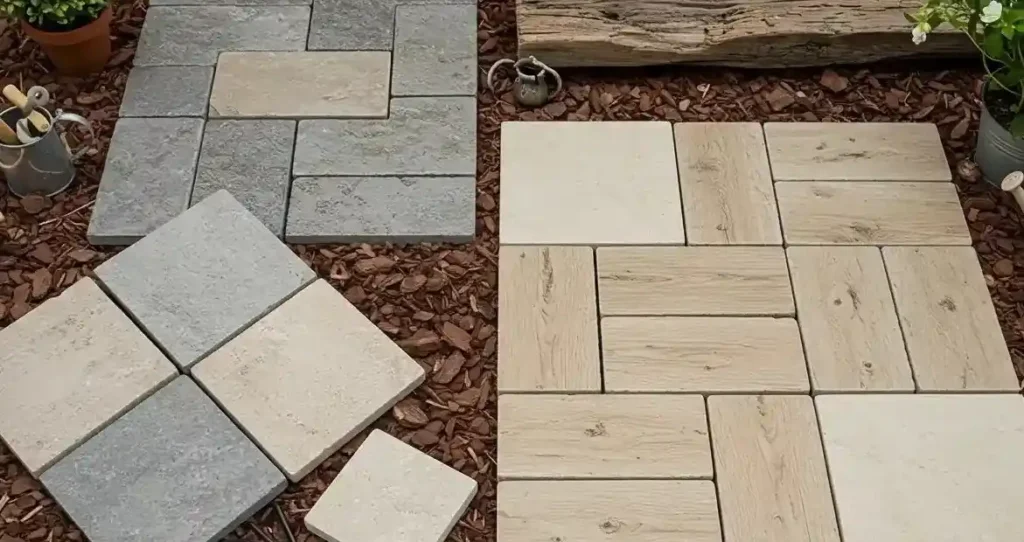
Final Thoughts
The single most important consideration regarding the process of renovation set in the small garden is the choice of porcelain garden tiles that is going to help make it look wider, more open to the light, and more home-like. Do not get in too great a hurry with your planning – work out the layout, contrast styles, take into consideration practicalities like drainage and slip resistance.
Investing in the right way initially, you will design an outdoor space you will be proud to look at every day all year long and never change much over a long period of time.
Frequently Asked Questions
How thick should porcelain slabs be?
Standard 20mm size is perfect for patio slabs and garden paving. For your large or small gardens, use a 20mm thick porcelain slab.
Is porcelain paving slippery?
Outdoor porcelain tiles are slip-resistant. Round-ups should always have a slip rating of R11 providing excellent footgrip.
How do I choose outdoor porcelain tile?
Consider your climate factor. If you have a hot climate, choose light colours. For mild areas, dark colours are better as they absorb heat. Also choose tiles that complement the overall exterior, furniture and features of your home.
How to choose garden paving?
Choose paving that is slip-resistant, textured, and with a natural colour palette suiting your garden, which can be cleaned easily and does not look dirty when leaves and dirt accumulate.
Are porcelain tiles good for outdoors in the garden?
Yes. Porcelain pavers handle high temperatures well without cracking or warping, are suitable for both indoors and outdoors, are water resistant and excel in durability.
- 3shares
- Facebook0
- Pinterest0
- Twitter3
- Reddit0

